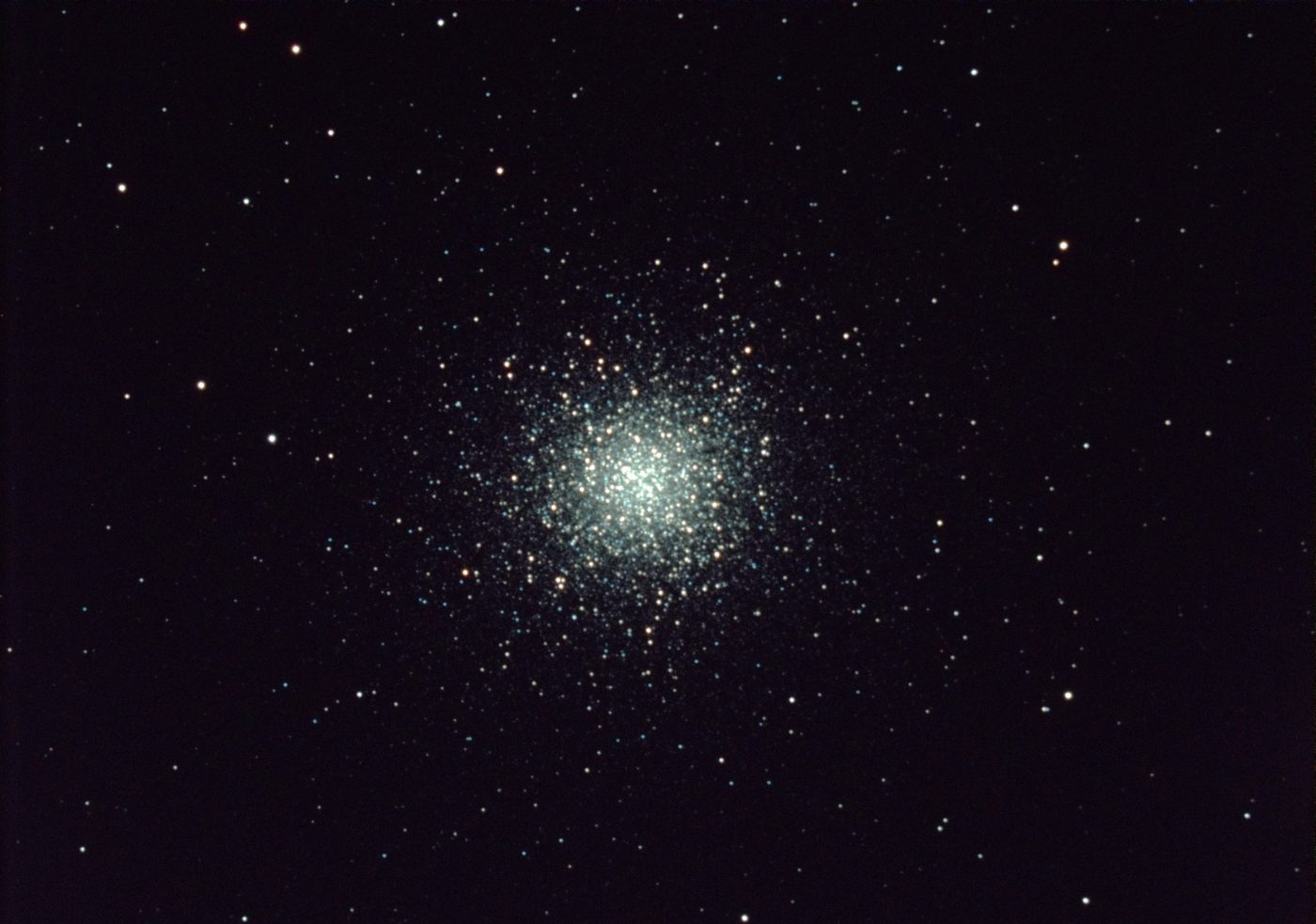
Skywatch: Classic summer stargazing in July
Like June, July stargazing is a late-night adventure that’s definitely worth staying up for! It’s prime time for the summer constellations, a show that’s not to be missed. Grab a lawn chair, lean back, and let the wonders of the universe soak in!
The brightest star in the sky this month, Arcturus, is a celestial marvel perched high in the western sky as night falls. It appears at the tail of a giant kite, known as the constellation Bootes, the hunting herdsman. Nearby is a breathtaking sight through even a small telescope. It’s the Hercules globular cluster, a spherical cluster of thousands and thousands of stars, a mere 25,000 light-years away. This is a stargazing summer classic, a sight that will leave you in awe! I have it marked on the attached July star map.
(Mike Lynch)
In the eastern heavens, you’ll find more of the prime stars of summer on the rise. A great way to navigate this part of the sky is to locate the “Summer Triangle,” made up of three bright stars, the brightest in each of their respective constellations. You can’t miss them as they’re the brightest stars in that part of the sky. The highest and brightest star is Vega, the brightest star in a small constellation called Lyra the Lyre. The second-brightest star on the lower right is Altair, the brightest star in Aquila the Eagle. The third-brightest at the left corner of the summer triangle is Deneb, the brightest star in the tail of Cygnus the Swan. A large part of Cygnus is known as the “Northern Cross” because that’s what it resembles.
Look for the Big Dipper hanging from its handle in the northwest sky. The fainter Little Dipper is standing on its handle. The moderately bright star Polaris, also known as the North Star, is at the end of the Little Dipper’s handle. The bright constellation Cassiopeia the Queen is also to the right in the low northeast heavens, resembling the letter W.
In the south-southeastern sky is the classic constellation Scorpius the Scorpion, which actually resembles a scorpion. In higher northern latitudes, though, the beast’s tail never rises above the horizon. One of my favorite constellations, Sagittarius the Archer, is near Scorpius in the lower southeast sky. It’s supposed to be a half-man, half-horse shooting an arrow, but it looks much more like a giant teapot! The sky just above the spout of the teapot of Sagittarius is in the general direction of the center of our Milky Way galaxy, over 25,000 light-years away. That part of the sky would be a whole lot brighter than it is, but large clouds of hydrogen block our view of downtown Milky Way.
Some planets will also begin reappearing in the evening sky late in the month, but honestly, we won’t get a good look at them until August. However, in late July, if you have a good clear view of the west-northwest horizon, you may get a brief glimpse of Venus and Mercury just above the horizon in the evening twilight before they set, but it will be a bit of a challenge. Toward the last week of July, though, Saturn will emerge above the east-southeast horizon after 11 p.m. and will be much easier to see than Venus or Mercury.
If you don’t like staying up that late, set your alarm for between 3 and 4 a.m., and you can enjoy Saturn all month long in the pre-twilight. It’ll be much higher in the south-southeastern sky and much better through even a smaller telescope as it’ll be high enough above the horizon to avoid the blurring effects of the thicker layer of Earth’s atmosphere. Honestly, Saturn’s a bummer through a telescope right now because the very thin ring system is tough to see as it appears on edge from our view here on Earth. Unfortunately, that’s how it will be for the rest of this year and most of 2025. As they say, “them’s the breaks!”
Mars and Jupiter will also be visible in the morning pre-twilight skies. They’ll be fairly close together in the low southeast sky, with Jupiter, the much brighter of the two, to the lower left of Mars. You can see the reddish hue of Mars with the naked eye but you can’t see much detail with a telescope. It’s a little too far away this month, although as 2024 continues Mars and Earth will draw closer and closer to each other and by next January Mars will be less than 60 million miles away and will be an excellent telescope target.
While checking out the planets in pre-twilight, you can also get an advanced look at some of the great late autumn and early winter constellations on the rise. Jupiter and Mars are both close to the Pleiades Star cluster. Also, by the end of July, the great constellation Orion the Hunter pokes above the horizon before twilight drowns him out.
Ttake in the joys of summer stargazing. It’s magical!
Mike Lynch is an amateur astronomer and retired broadcast meteorologist for WCCO Radio in Minneapolis/St. Paul. He is the author of “Stars: a Month by Month Tour of the Constellations,” published by Adventure Publications and available at bookstores and adventurepublications.net. Mike is available for private star parties. You can contact him at mikewlynch@comcast.net.
Related Articles
Skywatch: Long days, long moon shadows, and a promising comet?
Skywatch: Happy summer solstice
Skywatch: Summer is coming — it’s in the stars
Skywatch: Late night with the stars in June
Skywatch: Little crown of night sky may pop a new star this summer


